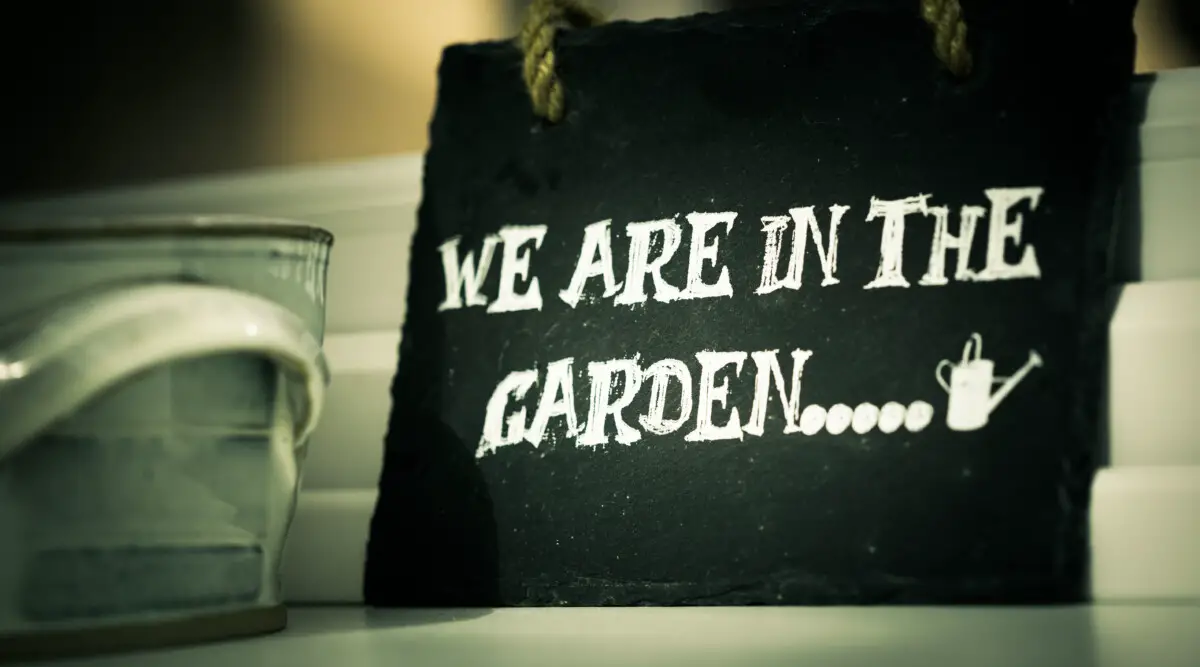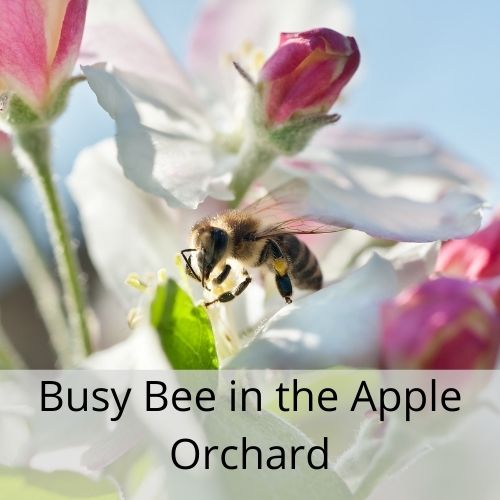Permaculture is not only important but it is vital for humanity’s long term survival. Permaculture is the only design system, accessible to the average person, for the production of food which has the diversity, stability and resilience of natural ecosystems. Permaculture is an ethically based design system that assists us to live in harmony with nature in all that we do.

What is the purpose of permaculture?
Permaculture seeks to work with nature to benefit, repair and regenerate ecosystems through conscious design and maintenence using ethically based principles. Although somewhat simplistic, we can think of Permaculture in the same manner as Architecture or Engineering, they all provide a set of tools that can be applied in a variety of ways to achieve the desired outcome. In our case though, permaculture can be applied to not only the design of gardens and food forests but rather it requires a whole systems approach to our lives.
Bill Mollison and David Holmgren, co-originators of Permaculture, reasoned that if life had been thriving on Earth for billions of years and indigenous people have lived in relative harmony with their surroundings for milleneia, then that life and indigenous peoples must have worked out how to be sustainable.
Bill Mollison, David Holmgren, and those who came after & continue to come, understand that even if we learn to create gardens, food forests, landscapes, and farms that mimic nature they will not be sustainable if they are based in or embedded into an unsustainable society.
There is hypocrisy in buying newspapers and magazines while attempting to protest the deforestation of ecosystems that supply the wood pulp for paper making.
What are the advantages of permaculture

Permaculture has many many benefits or advantages. Primarily through Permaculture we seek to bring back to balance that which is unbalanced.
That might sound a little circumspect however, the reason we design is to improve things. We don’t design for the sake of designing. Permaculture is a design system first and foremost. It can and will benefit both the setting in which is used and those who use it. The mind map above respresents just a small collection of ideas and ideals that are byproducts or benefits of the Permaculture Design Process. The major benefits of any design will be dependant on the process and its end use.
For example: if we take a simple worm farm and place it within a garden the benefits can be increased by the way in which the worm farm is placed, how it is accessed, its outputs and uses, its inputs in terms of time, energy and money as well as the physical inputs.
What are the disadvantages of permaculture
I don’t know that I would call these disadvntages but rather challenges in perceptions.
Permaculture is not a destination, nor is it something you can just read a book about and decide to implement it. It does not come in a pretty package with an out of the box solution. It is not a movement or religion although you may be forgiven for thinking it was particularly during the 1970s and 80s. The major challenge of permaculture that I saw, in the beginning, is that as a system of design those who have pioneered Permaculture have given it a shroud of mystery in the way it is implemented and brought into being. This is no longer the case with so much written and the science of applied ecological design becoming much better researched. The road forward for Permaculture is making it available to everyone.
The second challenge is that Permies (those who practice permaculture) are notorious for not wanting to buy things. They would rather collect, reuse, recycle, and restore. Now there is nothing wrong with that but it stands in complete and utter opposition to the consumer society we live in. Rightly so I might add. This has brought about the untidy looking aspect of the Permaculture gardens of the 70s,80s, and even now. The eclectic mishmash of salvaged items cobbled together to build everything from chicken pens to garden beds and trellises made for some very unsightly street views. From my perspective, I feel it is difficult to maintain a well-groomed and aesthetically pleasing garden that the avid gardeners pursue and the neighbors want to look at while using materials that have been discarded by others. Difficult but not impossible.
Curtis Stone wrote an article for Medium back in 2018 in which he discusses what he feels Permaculture got wrong. Now Curtis is a well known advocate of small farms profitability so the premise from which he comes has its own set of rose coloured glasses so to speak. But in any case the content of this article fails to grasp the concepts of and ethos behind Permaculture. He criticises Bill Mollison’s Lazy Gardener image and regiles the use of mulch and swales. Each to his own and I am not about to criticise someone I have never met other than to say that each of the issues he has identified must be put into the correct context. Heavy mulch is not appropriate to every situation nor are swales. You can indeed grow potatoes with little to no effort and you absolutely need to manage and maintain your tree plantings if you want to obtain the yeilds that you would expect from an orchard. Context and working with in the system are both required but scale is relative. Most people looking to have a permaculture style design don’t live on 800 acres they are on small properties that make these management techniques relevent.
How does permaculture benefit the environment
Well it may be easier to answer the question of how does permaculture not benefit the environment but lets see.
- Permaculture seeks to permanently develop ecosystems that are sustainable
- Permaculture does not use chemicals for pest management
- Permaculture uses natural fertilisers
- Permaculture seeks to stack functions to the benefit of the whole
- Each element within the system has multiple relationships with other elements
- Permaculture builds soil
- Permaculture encourages ethical decision making in all aspects of life
- Traditional knowledge and skills are synthesised into modern sustainable design
- Permaculture seeks to work with nature not in dominion of it
- Permaculture is solutions focussed not problem based
- Permaculture provides creative expression
There are countless more ways that Permaculture assists the environment, but you get the general idea. So my question to you is – have you started your Permaculture Journey yet?
If you would like more information about Permaculture or you would like to start your Permaculture Journey there are many articles on the blog roll to read and start to act upon. Alternatively, our Design it Yourself Permaculture Course and other resources might also suit your needs.



